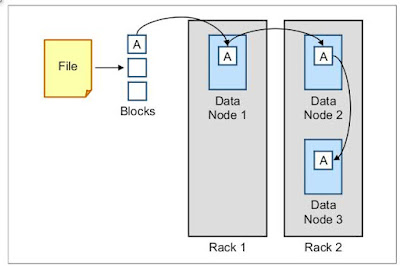Building a Big Data Strategy
Introduction
In today’s data-driven world, organizations that harness the power of big data can unlock transformative insights, drive innovation, and gain a competitive edge. However, leveraging big data effectively requires more than just collecting vast amounts of information—it demands a well-thought-out strategy. This chapter provides a practical guide for organizations and individuals looking to build a robust big data strategy. We will cover a roadmap for implementation, the talent and skills needed, methods for measuring return on investment (ROI), and essential tools for getting started. By the end, you’ll have actionable takeaways to guide your organization toward data-driven success.
Roadmap for Implementation
Building a big data strategy begins with a clear roadmap that aligns data initiatives with organizational goals. The following steps outline a practical approach to implementation:
Step 1: Define Business Objectives
Start by identifying the specific business problems or opportunities that big data can address. Are you aiming to improve customer retention, optimize supply chain operations, or enhance product development? Clearly defined objectives ensure that your big data initiatives are focused and measurable. For example, a retailer might aim to use big data to personalize customer experiences, while a healthcare provider might focus on predicting patient outcomes.
Step 2: Assess Data Availability and Quality
Evaluate the data your organization currently collects, including structured data (e.g., sales records) and unstructured data (e.g., social media posts). Assess the quality, accessibility, and relevance of this data. Address gaps by identifying new data sources, such as third-party datasets or IoT devices, and establish processes for data cleansing and integration.
Step 3: Establish Governance and Compliance
Data governance is critical to ensure ethical and legal use of data. Develop policies for data access, security, and privacy, adhering to regulations like GDPR or CCPA. Assign roles such as data stewards to oversee data quality and compliance. A strong governance framework builds trust and mitigates risks.
Step 4: Build a Scalable Infrastructure
Choose a technology stack that supports the volume, velocity, and variety of big data. This may include cloud-based platforms like AWS, Azure, or Google Cloud, which offer scalability and flexibility. Consider hybrid architectures that combine on-premises and cloud solutions for cost efficiency and performance.
Step 5: Pilot and Scale
Start with a pilot project to test your strategy on a smaller scale. For instance, a manufacturing company might analyze sensor data to predict equipment failures. Use insights from the pilot to refine processes and scale the initiative across departments or use cases. Iterative scaling ensures sustainable growth.
Step 6: Foster a Data-Driven Culture
Encourage adoption by training employees and promoting data literacy across the organization. Leadership buy-in is crucial—executives must champion the strategy and demonstrate its value through early wins.




Comments
Post a Comment